The marriage of John Baptiste Derosier Jr. and Minnie Mae Samuelson
Very few of us who grew up in Minnesota have not heard of the 1894 Hinckley Fire. For those unfamiliar with the story, “Saturday, September 1, 1894, was a day of indescribable horror for the poor pioneer families (the majority of them Swedish or Norwegian) living in the southern part of the great forest belt which lies on either side of the boundary between Minnesota and Wisconsin, to a width of about forty miles. That day a fearful forest fire (now we would call it a fire storm) passed over this unfortunate area and within the space of six hours, 600 human beings perished amid the most horrible sufferings from the noisy and smoke-covered whirling dance of the indescribable sea of fire. An area of 400 square miles was burned as black as coal, in many places burned to the very rock, in vast sadness testifying to the most heartbreaking episode in the annals of our country’s catastrophes.”1 Hinckley, as well as several other communities in Minnesota and Wisconsin, was not spared. The first-hand accounts of that day are horrific.
In the midst of all of the misery inflicted by the fire storm, there is one story with a happy ending, that of the marriage of my great-granduncle John Baptiste Derosier Jr., my great-grandmother Celestine Peltier’s oldest brother, and Minnie Mae Samuelson.
The proposed day of their wedding, September 1, 1894, John was 29 years old and Minnie Mae was 18 years old. The wedding was to take place at the Samuelson family home, a farm, near Skunk Lake which is located about halfway between East Bethel and Wyoming in Minnesota.
An account of the wedding story that unfolded that day was told in Eld-Cyklonen or Hinckley Fire, a book, originally titled Hinckleybranden, which had been published in Swedish in 1894 and republished in English in 1976. The story, originally told by Mr. Samuelson was written about in the book and goes as follows:
“In Mr. Samuelson’s home the day of the unforgettable disaster there was from early morning nothing by joy, contentment and happy fellowship, for that was the appointed day for the wedding of their daughter, Minnie Samuelson, and a young man by the name of John Derosier. The forenoon passed with happy preparations for the festive moment which was eagerly expected to be at eventide. The guests arrived one by one and the feeling of happiness grew. There were games, there was good-natured joking and small talk and the time passed swiftly for all of the participants.
Finally, with only an hour remaining until the time set for the festive ceremony, a mighty flame of fire shot down upon the house and ignited it, and in the amazement no one understood from whence it had come. The whole crowd rushed pell-mell out of the house, only to confront a new and more horrible danger. Wherever one looked there was fire – nothing but fire – and the people who a moment ago were so happy, found themselves, as if by demonic witchcraft, helpless in the center of a circle of hissing and sputtering fire, becoming constantly smaller.
At this critical moment one of the wedding guests called out, “The root cellar can save us!” and there followed a general rush for that place. All found their way into the cellar and the door was instantly locked from within, but in a few minutes it became plain that this hiding place was not as secure as was believed. The fire was now attacking with fearful strength against the door and sides of the cellar. The door began to smoke and char; large pieces were burned and fell out and the smoke and intense heat had free entrance through the openings. In the darkness of the cellar the fugitives were fumbling among one another, many of them half crazy from the terrible heat, which almost destroyed the freshness of the air [numerous people that took refuge that day in cellars and wells perished as the fire consumed the oxygen replacing it with poisonous gases]. The situation became constantly more serious, as the door was being threatened with further destruction and it could not take much longer before this feeble partition between them and the fire would be turned into ashes and the flames would freely enter.
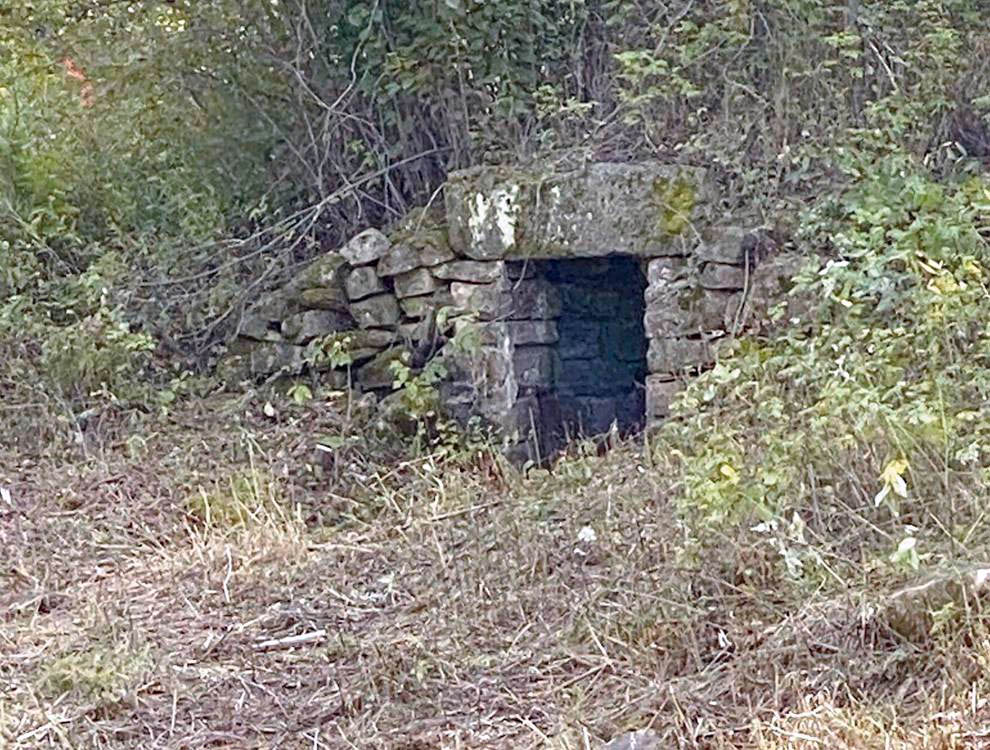
There was a way of escape even from this terrible situation and it was closer at hand than anyone had thought in the first moments of fright. There were stored in the cellar 20 large cans of milk. For lack of water this supply of milk was hurriedly put to use as a fire extinguisher. The burning door was doused with it and thus it was possible to save the remainder of the door and the lives of all who had sought refuge behind it. When the heat nevertheless became intolerable so as to pierce the clothing and cause the skin to smart they poured milk on one another. “I have always detested the stench of scorched milk,” uttered our story-teller half jokingly, “but in this cellar we inhaled it through our nostrils as the most precious perfume.”
It was certainly those 20 cans of milk that saved that group of people from being fried alive in the cellar.
When on the following day the refugee expedition arrived at the site of this unique adventure and it became known to the leader, it was immediately arranged that the bride receive a suitable wardrobe and a liberal subscription was received for the benefit of the couple. The latter, with the near relatives of the bride, took their wedding trip to Grantsburg, Wisconsin, where friends and acquaintances were waiting for them…”2
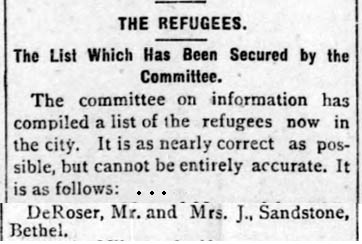
An article in the St. Paul Globe gave details about the wedding which was held on September 4, 1894.4
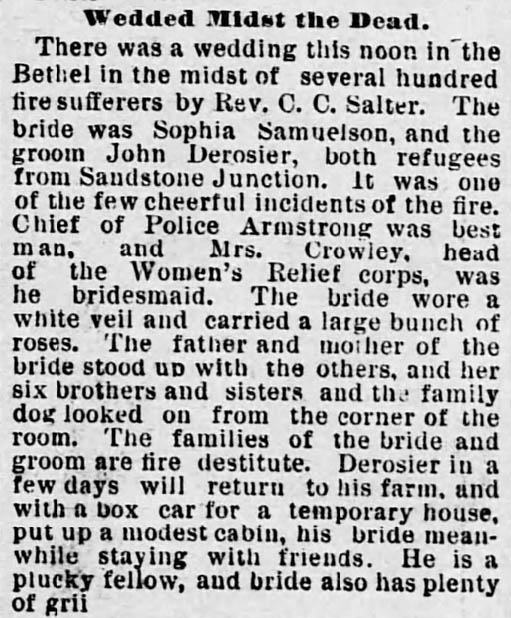
The article mentions that the families of the bride and groom are fire destitute. However, at the time, John’s parents, Jean Baptiste and Rose Delima lived in White Bear Lake, Minnesota and only his oldest sister, Clementine, her husband Noe Mireault and their 2 children, Henry and Delia, lived in the area that burned. It may be that his parents were there for the wedding, but I’ve not been able to determine if they, or any of his siblings, attended.
According to the 1895 Minnesota census, the farm referred to in the above newspaper article was in Hinckley.

John is a farmer in Hinckley.
By 1900 John is a blacksmith, the same trade that his father practiced. The family is living in Dell Grove, Pine County, Minnesota and they now have 4 children: Emma, George, Robert and Arthur.6
The 1910 US census places the family in Floodwood, a community about halfway between Duluth and Grand Rapids, in St. Louis County, Minnesota. John is still a blacksmith and there are 6 children: Emma, George, Robert, Florence, Clifford and Rose Delima; two others, Arthur and a baby girl, had already passed away.7
Sometime in the 1910s the family moved to Hill City Village, a town around 15 miles south of Grand Rapids, in Aitkin County, Minnesota.
The eldest son George Emmett enlisted in the US Army on July 21, 1917.8 I think the following family picture was taken around 1917 before George went off to fight in WWI. Notice that George is the only one wearing a flower.
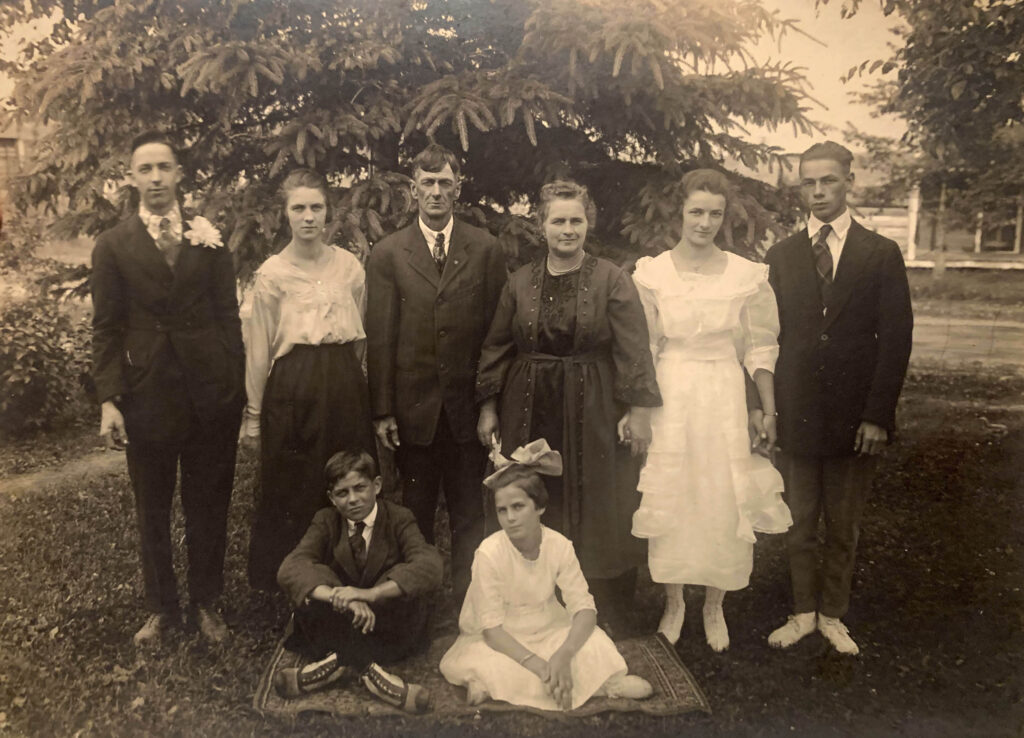
Back row left to right: George Emmett, Emma Cordelia, John Baptiste, Minnie Mae, Florence Agnes and Robert Chester. Front row left to right: Clifford Paul and Rose Delima (Babe).
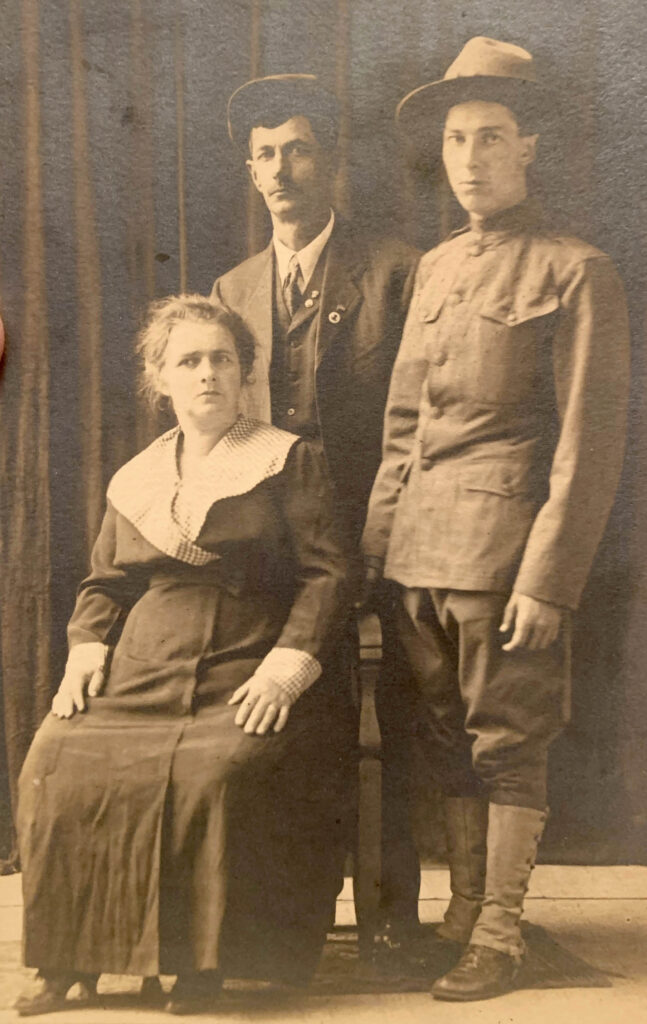
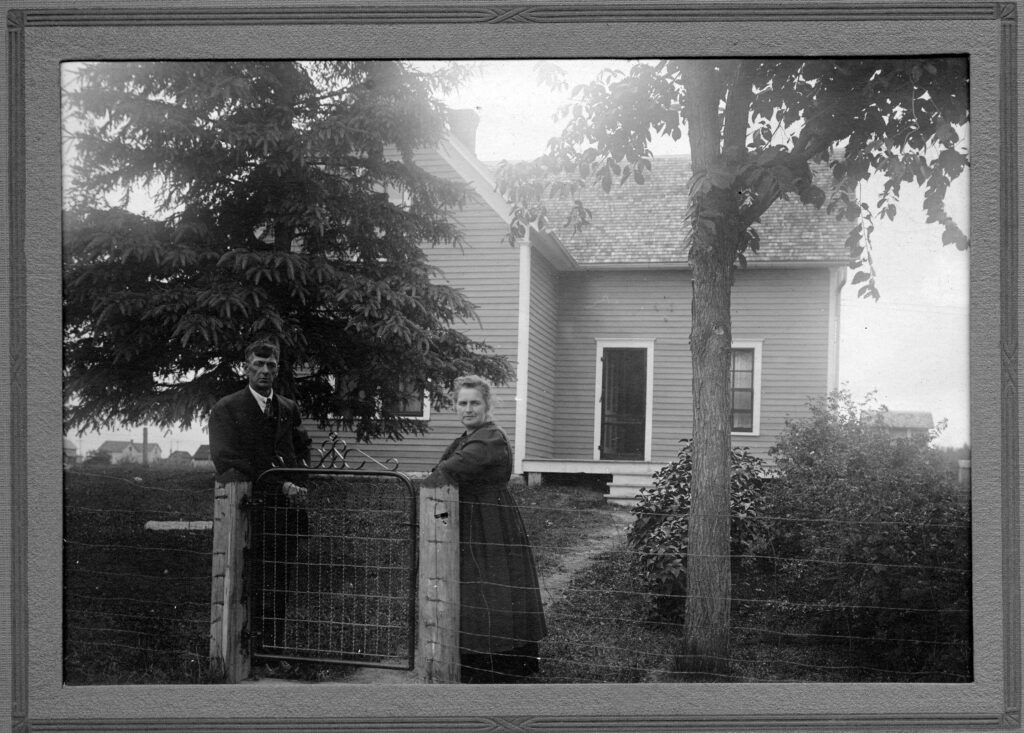
I think the address of the house was 247 S. Gill Street.
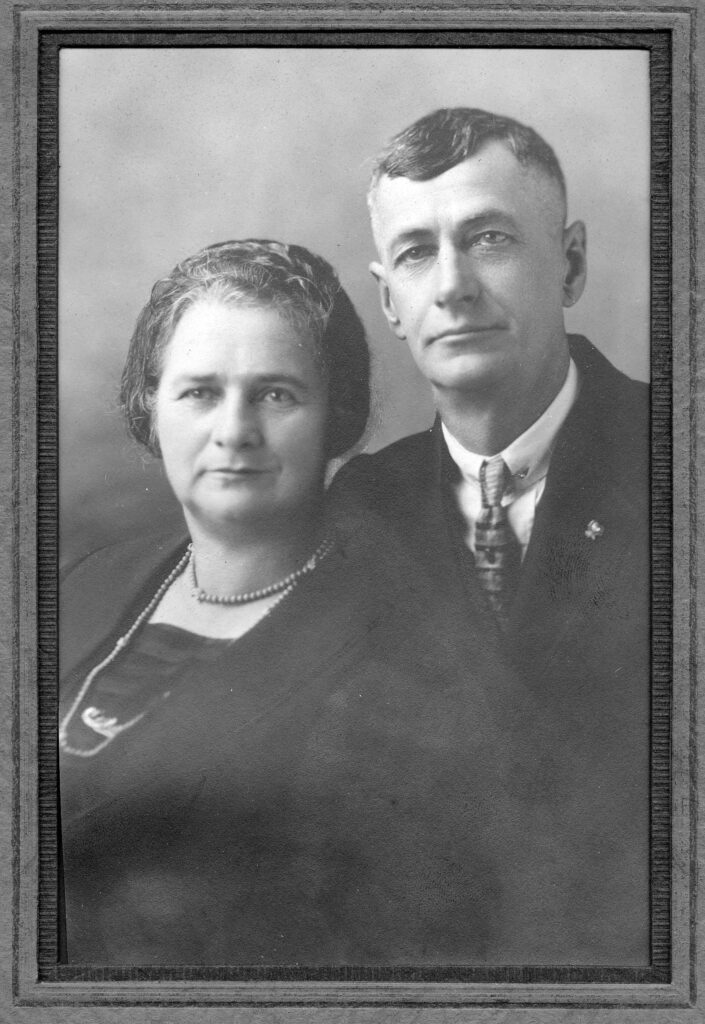
The family was still living in Hill City when the 1920 US census was taken. Five of the six children, John’s mother Rose Delima and 3 boarders were living with John and Minnie Mae. John is a fireman on the railroad and Minnie Mae’s parents, John and Hattie Samuelson, are living nearby.9

John died in Superior, Wisconsin on April 20, 1927 at age 61; he was buried in Greenwood Cemetery, Superior, Douglas County Wisconsin.10
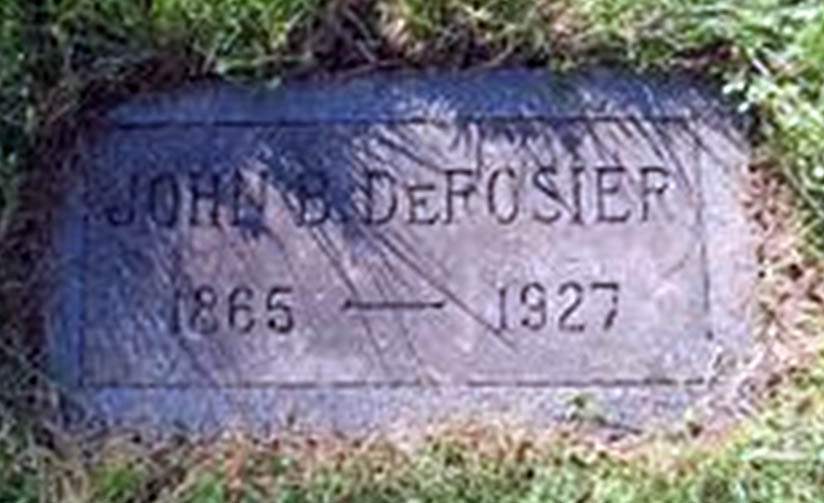
Minnie Mae remarried the year after John’s death. She lived another 24 years before passing away on January 18, 1951. She was buried next to John in Greenwood Cemetery.11
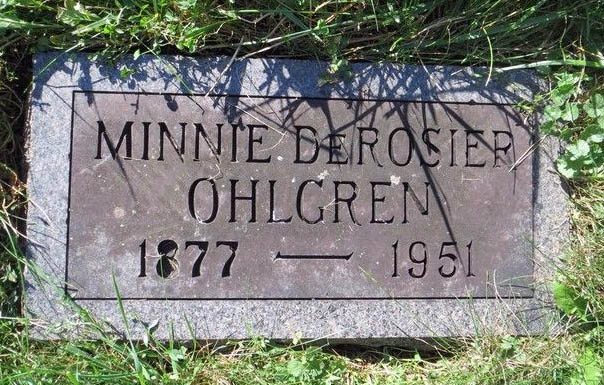
Thanks for visiting, come back soon,
Cynthia
© 2024 Copyright by Cynthia Vadnais, All Rights Reserved
Footnotes for The marriage of John Baptiste Derosier Jr. and Minne Mae Samuelson post
The marriage of John Baptiste Derosier Jr. and Minnie Mae Samuelson Read More »
